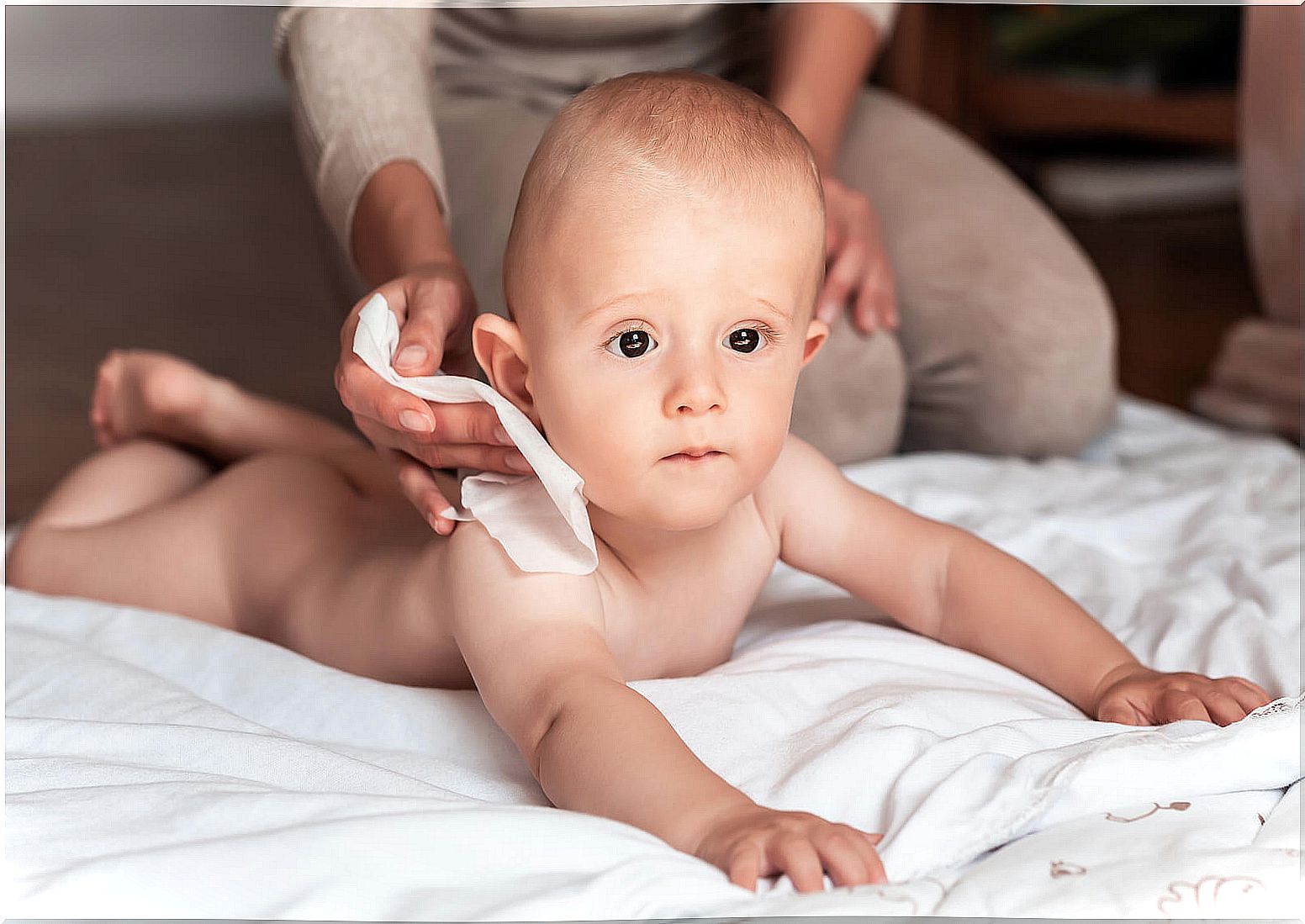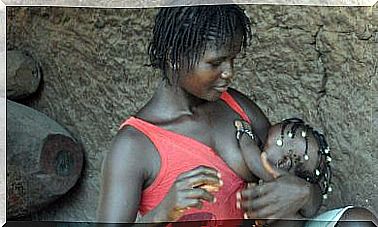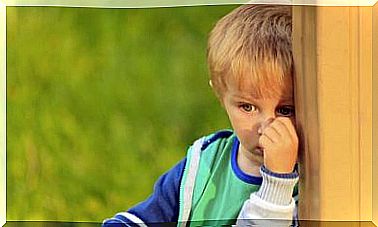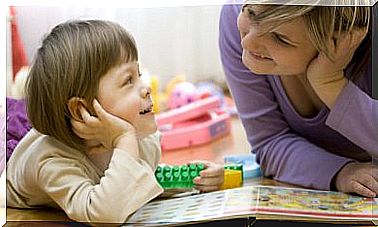Baby’s Skin According To The Season Of The Year
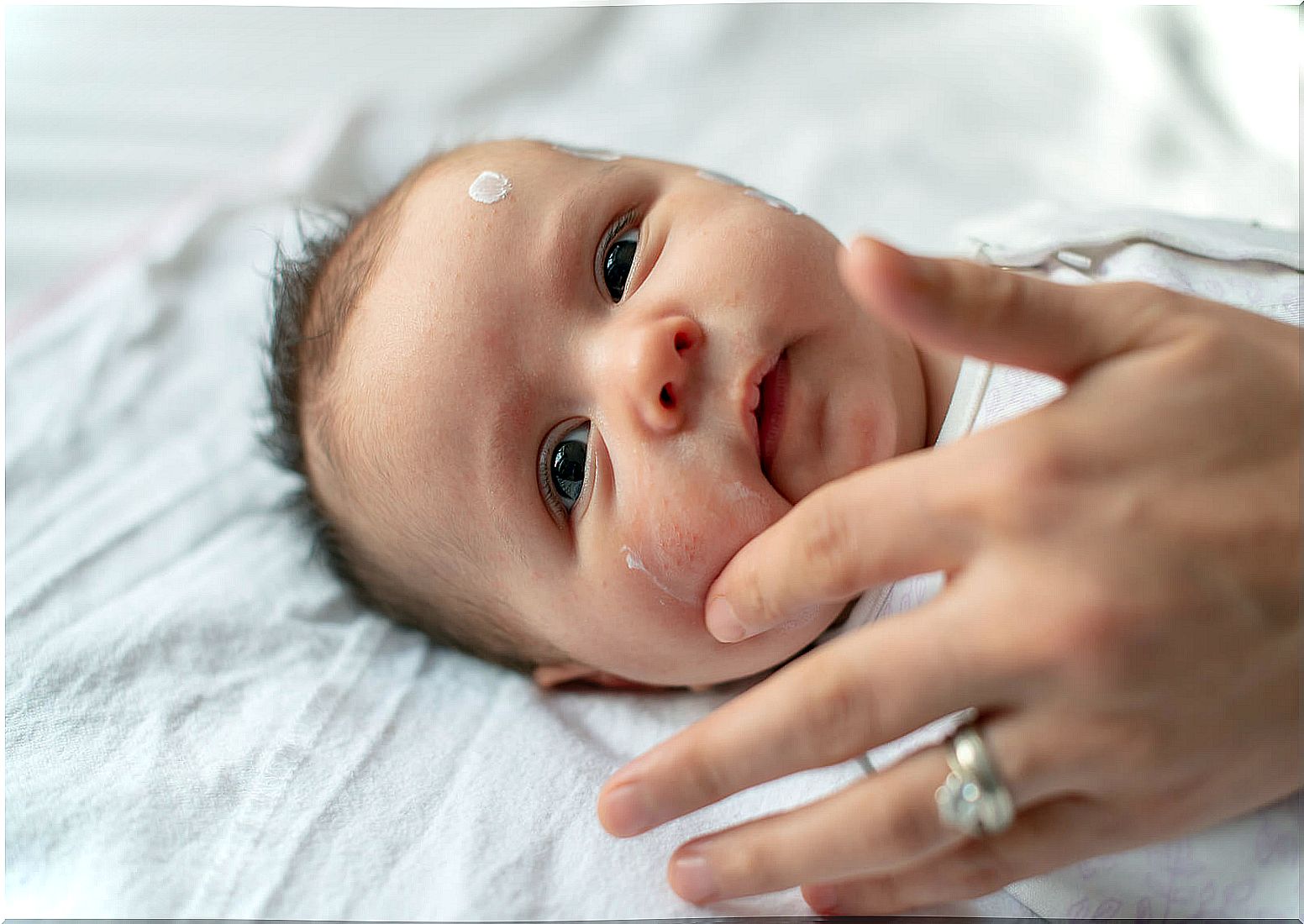
Baby’s skin can vary depending on the season of the year. Therefore, the care it requires is often influenced as well. The skin of the smallest is more delicate and thin than that of the adult, consequently, changes in climate and temperature can cause the alteration of the skin surface.
Changes in the baby’s skin according to the season of the year
Babies’ skin is more immature and thin, which gives it the property of being susceptible to outside agents. It even differs from that of adults in structure, function, and composition.
Alterations in climate or ambient temperatures can trigger outbreaks of eczema, atopic dermatitis, or other manifestations on the skin.
Dermatitis improvements in summer
In summer babies tend to perspire more and, as their sweat glands are not working efficiently yet, it causes skin rashes.
Sunscreens and ban on sun exposure
Babies, up to 3 months, have lighter skin due to fewer pigment-producing cells. Therefore, the skin surface is more vulnerable to ultraviolet rays and for this reason the American Academy of Pediatrics does not recommend sun exposure in children under 6 months.
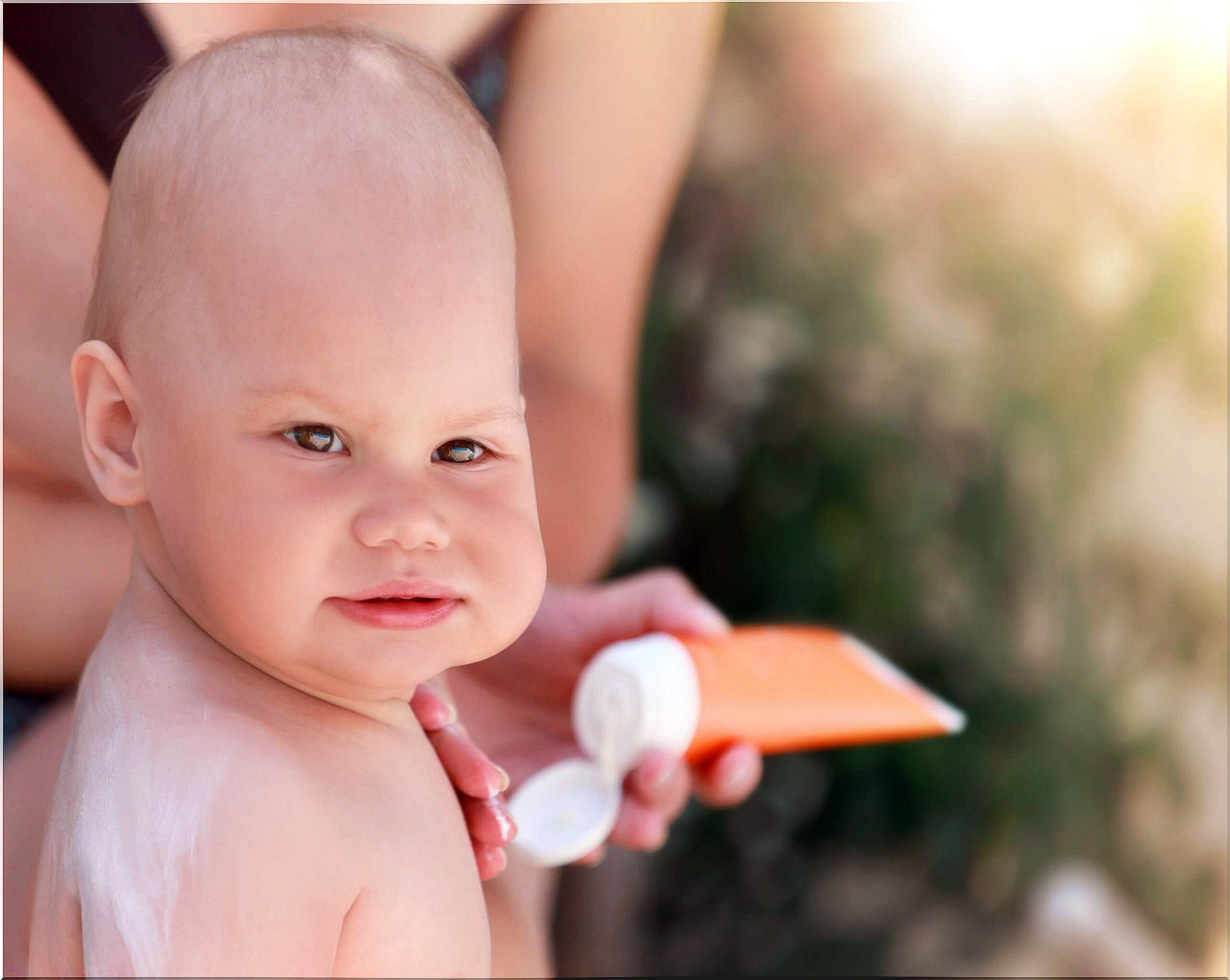
In those babies older than 6 months who are exposed to the sun , sunscreen with SPF 30 or higher should be applied and reapplied constantly. Similarly, it is recommended to keep babies in the shade as much as possible and even dress them in light cotton clothing.
Allergies in spring
Spring is the time when allergies flourish. Although the itching of those atopic skin usually improves, a slight itching is still noticed that tends to bother the baby.
To avoid these uncomfortable moments, it is recommended to take a bath with lukewarm water late in the day. When choosing soaps, those syndet or neutral are ideal.
Hygiene and skin care must be carried out properly in the diaper area to avoid irritation or dermatitis.
Autumn and baby skin
In those skins with a tendency to atopy, moisturizing is one of the pillars to take into account and respect. The choice of specific emollients for this type of skin contributes to the prolongation of the periods of time without manifesting breakouts.
Autumn is one of the seasons of the year when the weather is highly fluctuating and unpredictable. Therefore, babies are usually overdressed and pictures of atopic dermatitis, sweat, etc. develop.
Try to keep your clothing loose, 100% cotton or some natural material, and remove the labels so they don’t cause irritation. Cleaning the skin and using emollients are two of the simple strategies that can help keep skin healthy.
Moistening in winter
Low temperatures and low humidity in winter are among many of the probable etiological factors of seborrheic dermatitis. Cold, dry air, along with strong winter winds, can dry out even the softest cheeks of babies.
The smallest have more sensitive and delicate skin than adults, so the climate of the winter season, cold and dry air influence the lower retention of moisture on the skin surface. Consequently, the baby’s skin feels drier and requires more moisture.
When exposed to the cold, the baby’s cheeks can become irritated more easily. Even dry skin can cause itching all over the body and, in those little ones with atopic dermatitis, special care must be taken to protect them from cold weather.
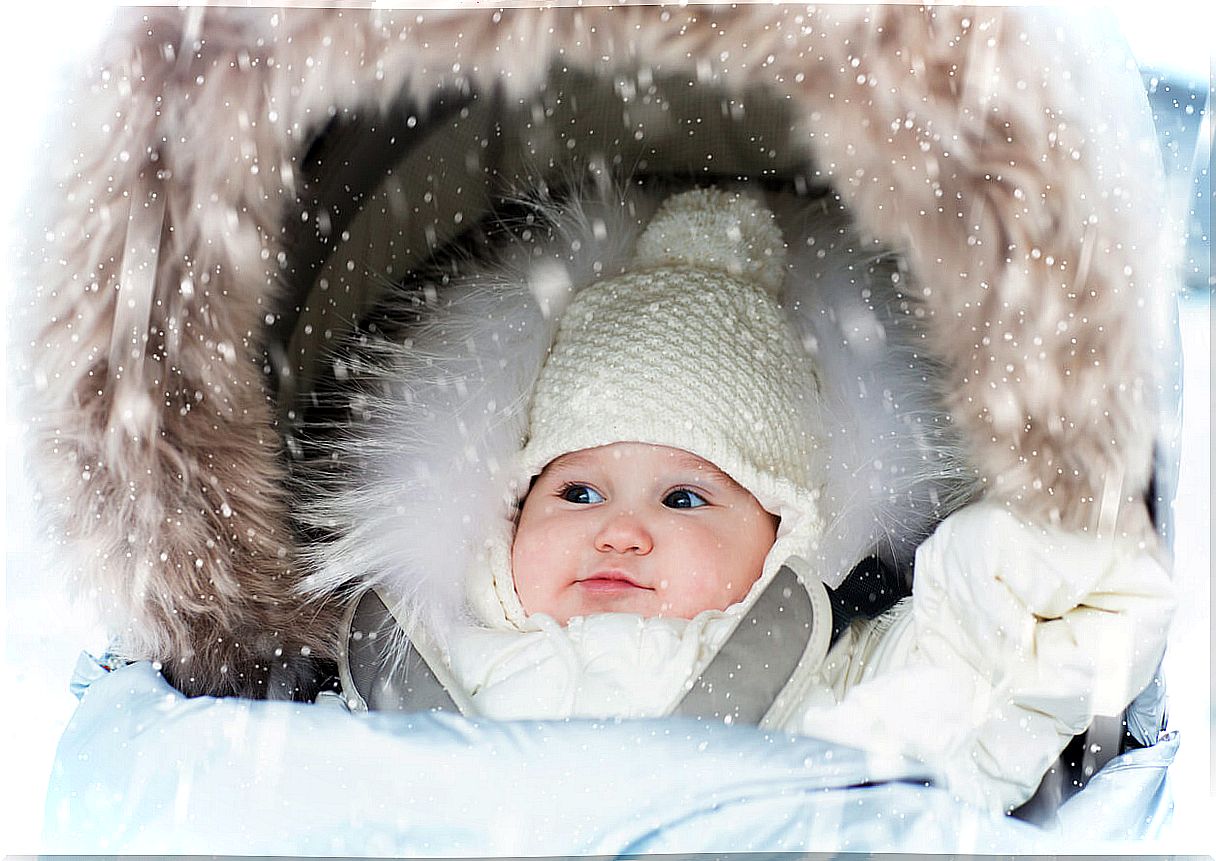
Moisture in babies
Using emollients during or after bathing can have great benefits. These decrease transepidermal water loss, improve the condition of the skin and can even lead to an improvement in the barrier function of the skin’s surface.
Another good option is the use of humidifiers for the environments of the house, since they allow to control the humidity of the bathroom or any room. Therefore, it allows obtaining a less dry air and less probability of the microorganisms that cause respiratory infections to develop. It must be borne in mind that an environment that is too humid or too dry can negatively affect the health of the baby.
Baby skin care
Baby’s skin continues to develop constantly during the first year of life, so it is important to continue to use proper care practices. Maintaining the function of the skin barrier is essential in this period, therefore, correct and constant moisturizing is essential.
